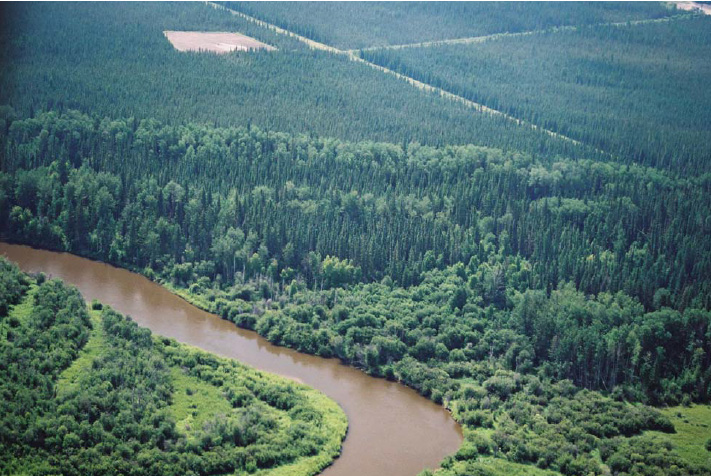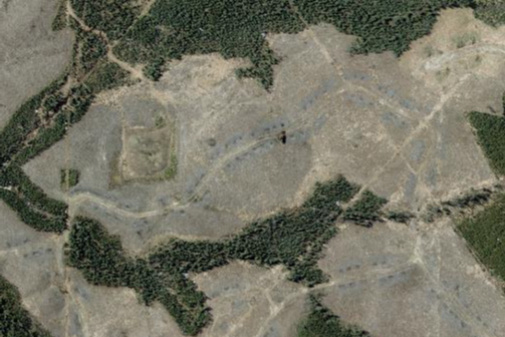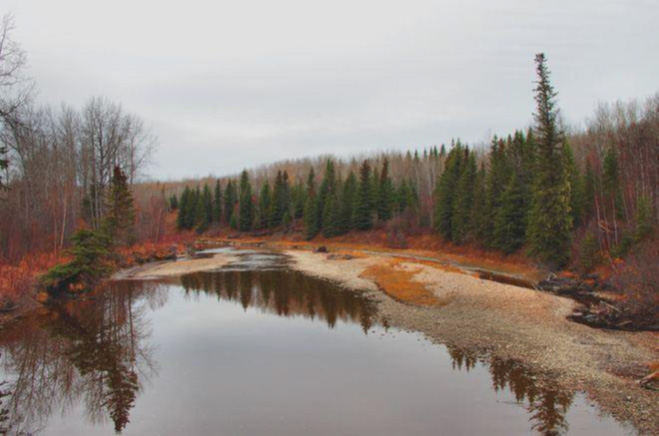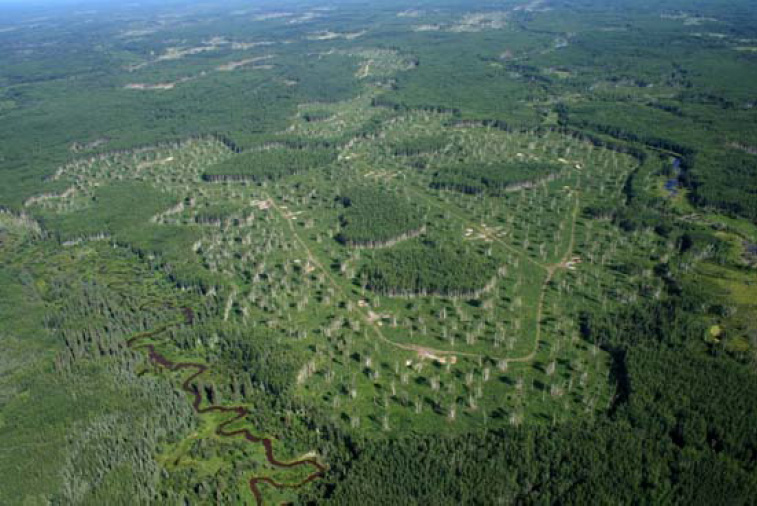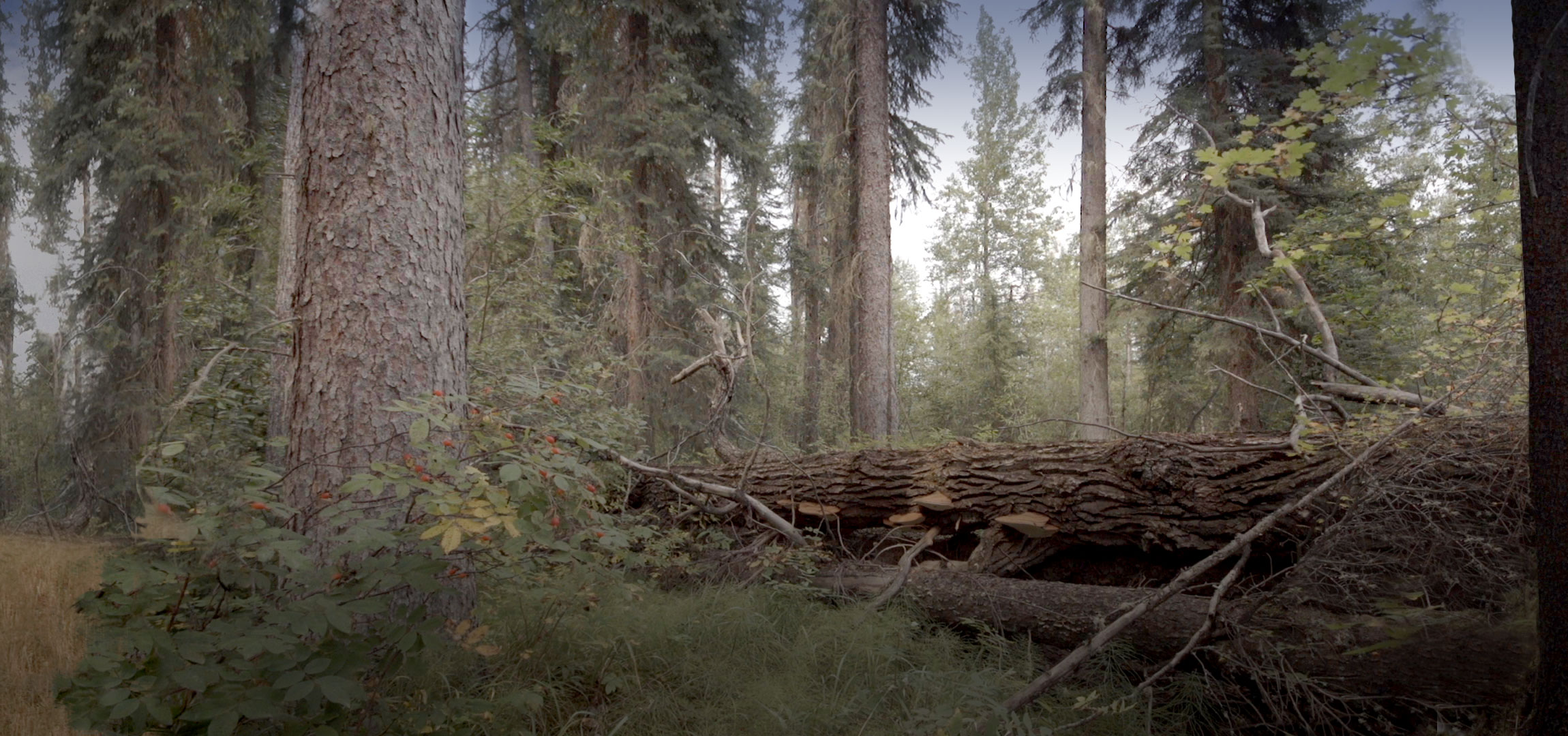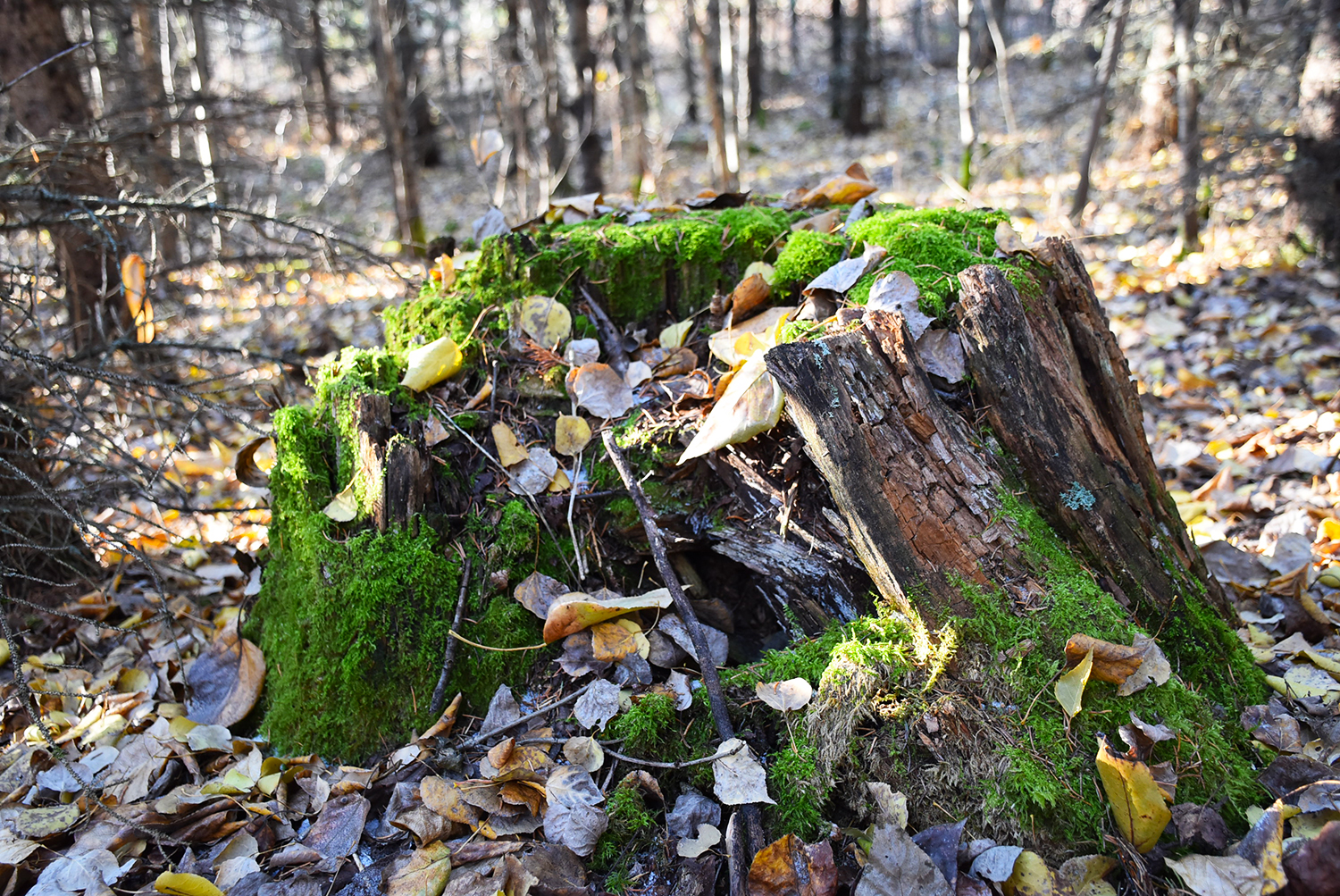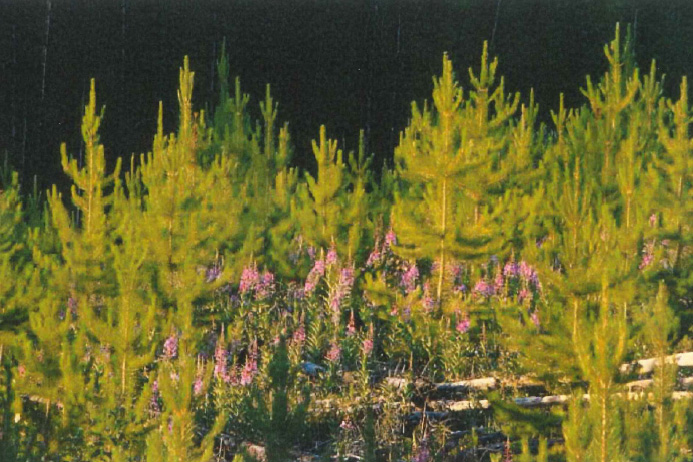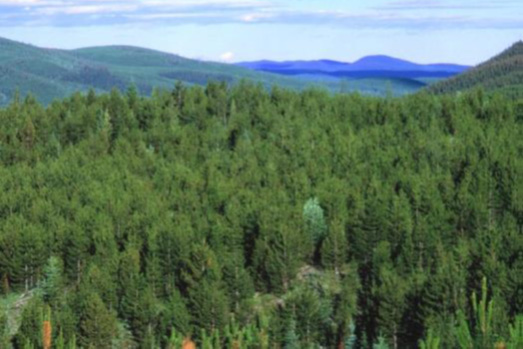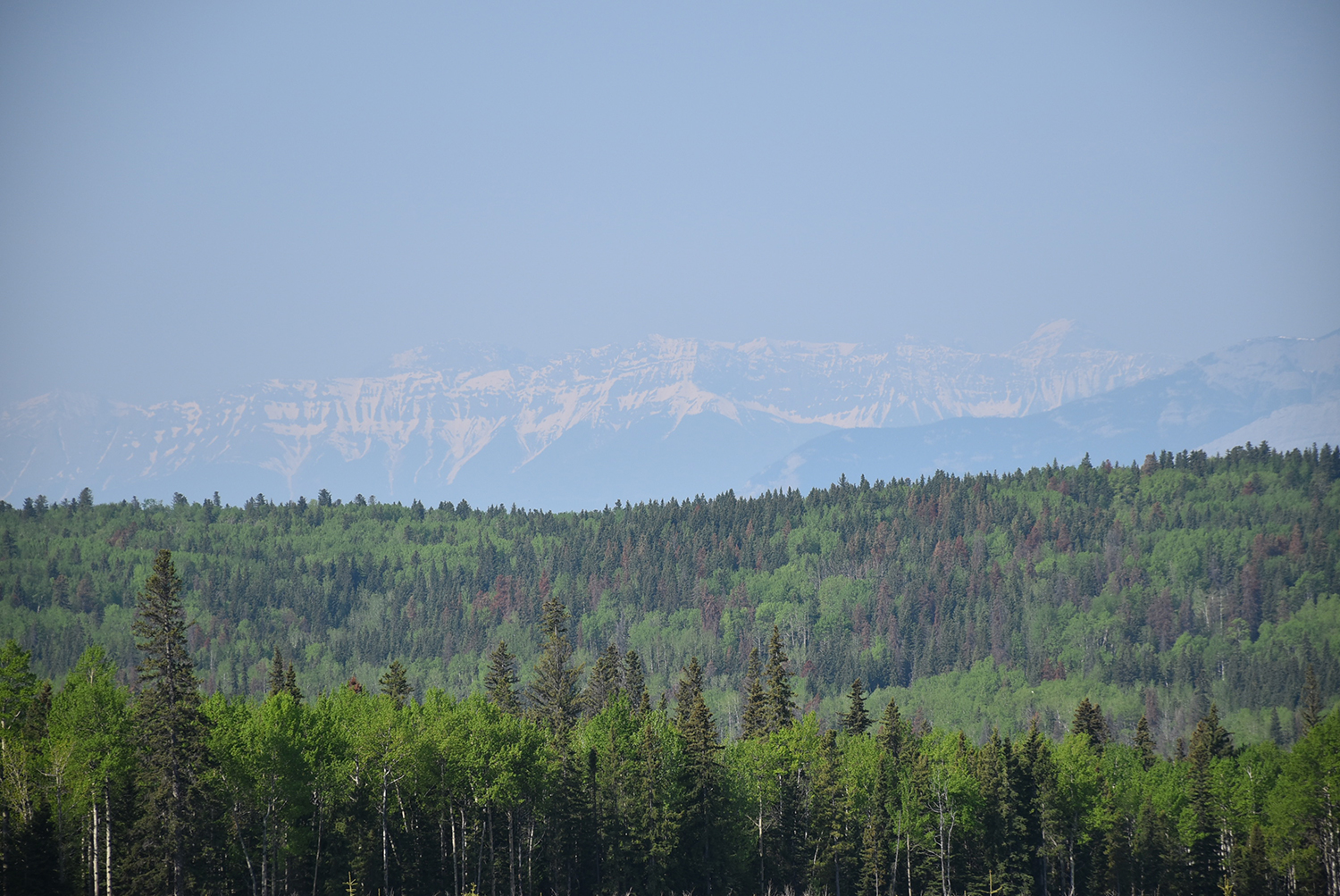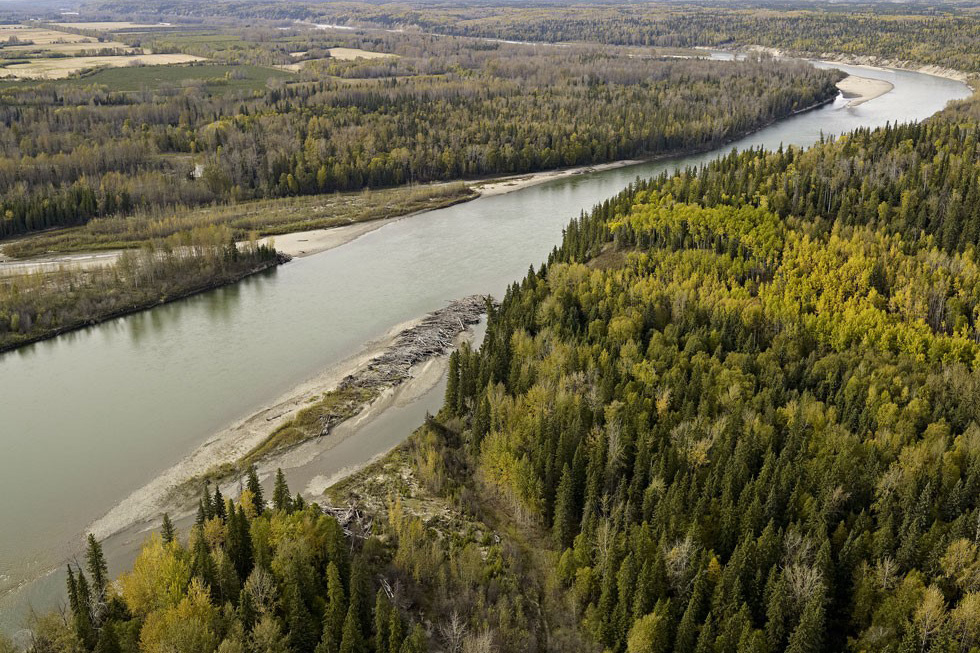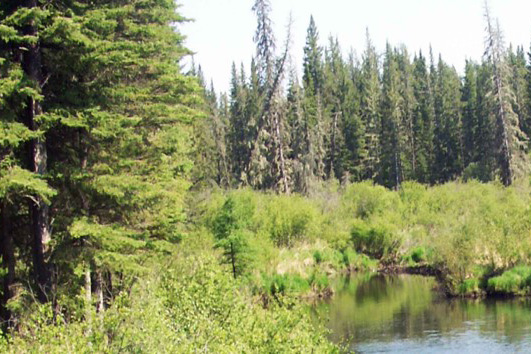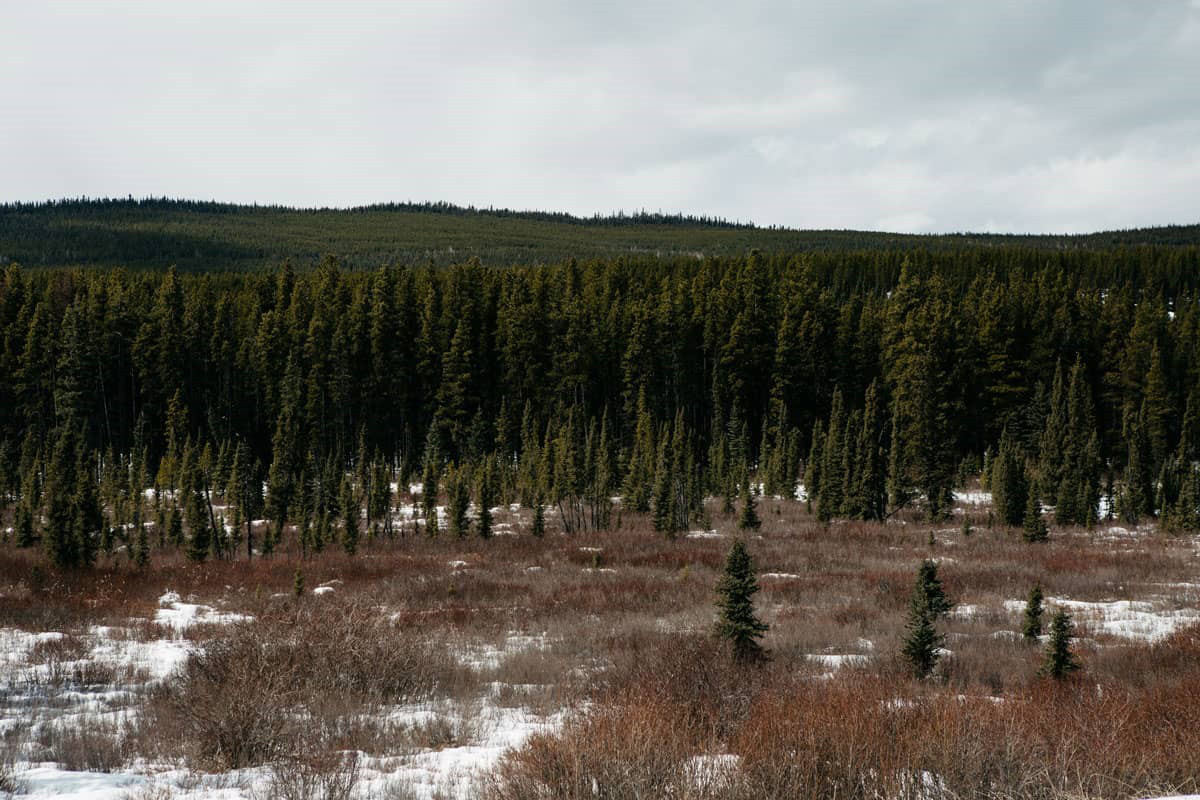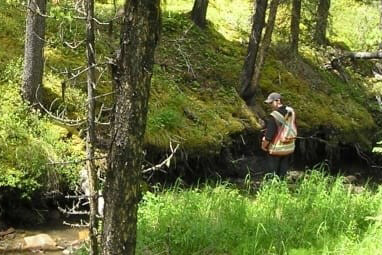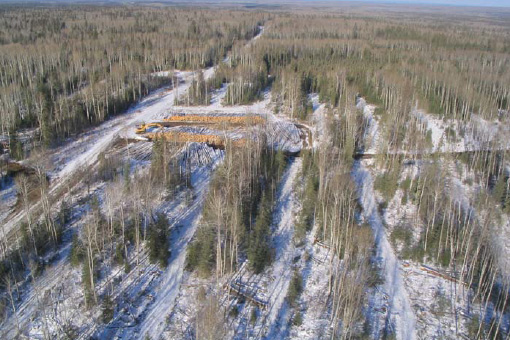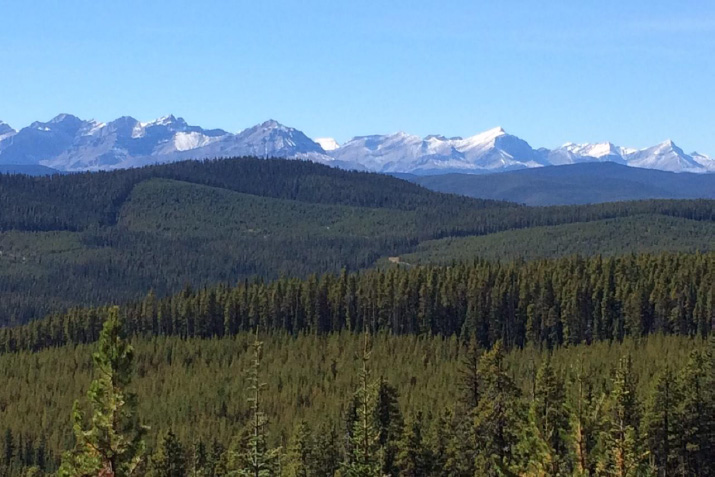This project was a spatial modelling exercise that created coarse-scale, pre-industrial landscape metrics for the High Prairie FMA area in Alberta. The primary goal was to understand if, or in what ways the current conditions of the FMA area align with the historical, pre-industrial “natural” range.
The results suggest that many parts of the landscape are now beyond its historical range. More specifically, the amount of young forest is below the lower threshold of NRV, and the amount of immature and mature forest at or beyond the upper end of NRV.
The lack of young forest types is the greatest concern ecologically. A large number of specialized species are dependent on disturbance, creating a smaller, but unique diversity peak in biodiversity within a few years after disturbance thanks to the sudden physical, chemical, and environmental changes. Many parts of this landscape have been experiencing disturbance levels near or below the lower end of NRV for several decades, which minimizes opportunities for disturbance-specialist species.
The greatest management challenges going forward for this landscape from an NRV perspective will be increasing disturbance levels to bring young forest within NRV, and prevent massive areas of the study area becoming mature and old, creating high risk of wildfire and other natural disturbance agents.
Lastly, it should be noted that this landscape is quite small for doing coarse-scale NRV comparisons. A regional-scale analyses may be more informative.







